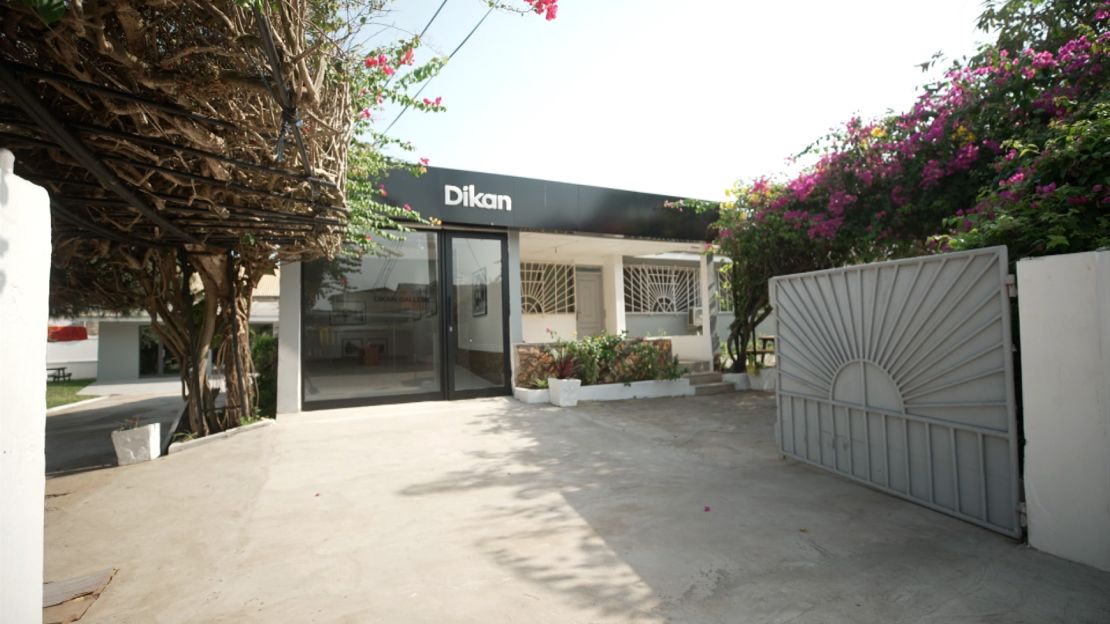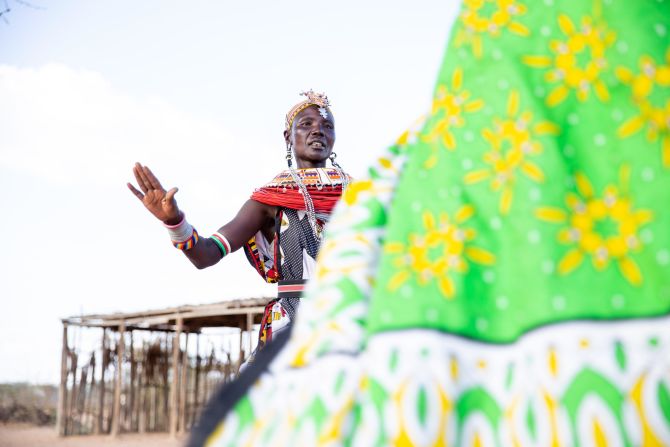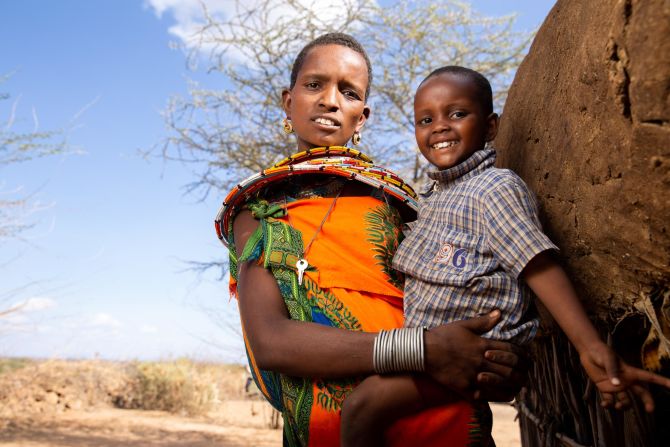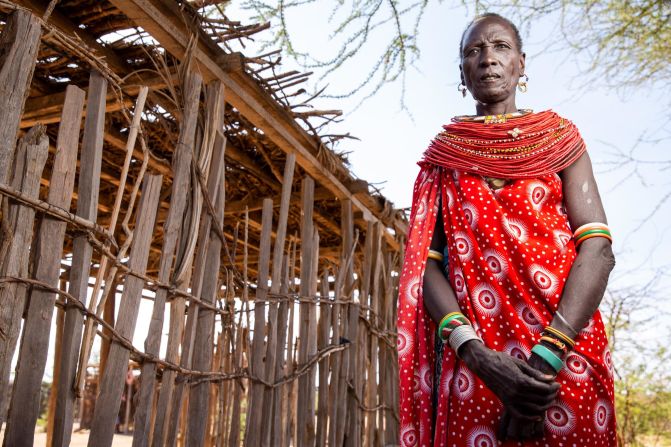A place for women, by women: that’s what Umoja, a village in Samburu County, northern Kenya, represents. It looks much like other tribal settlements or manyattas – with surrounding grasslands and huts, where communal living is the norm – except for one thing.
It’s void of men.
Umoja is the Kiswahili word for unity, and it’s evident that this concept is at the core of this community. Founded in 1990 as a sanctuary for women of Samburu escaping gender-based violence, Umoja is home to females of all ages. Men are prohibited from entry to create a safe space for girls and women who are survivors of sexual violence and abuse, ostracized by their families, as well as those escaping child marriage or female genital mutilation (FGM).
Ghanaian photographer Paul Ninson first found out about the Umoja women from a blog post and decided to go to Kenya to photograph this village in 2017, partly because, he said, he felt these stories “needed to be told from (an African) perspective.” With no prior contact with the women, he took the trip blind, knowing only the general location of the village.
The first few members of Umoja were from remote Samburu villages scattered across the Rift Valley. Exact numbers ebb and flow, but at its largest, this self-sustained village has been home to about 50 families made up of women and their children, and continues to educate its residents on women’s rights and gender-based violence. Any male children of the women are permitted to live in the village until they turn 18.
He says gaining access was very difficult, and he was only welcomed by the women after explaining the purpose behind his visit, adding that they were “very, very happy” when he showed them the pictures he took.
The lifestyle of those who live there is modest, with the women working to earn income for food and educational resources for the village’s children and some of the women themselves. Located about a kilometer away from Umoja is a campsite where many tourists stay when visiting the region to explore the famous Maasai Mara wildlife reserve. Tourists who wish to visit Umoja are charged a small entrance fee, and can buy elaborate beaded jewellery and other crafts handmade by the Samburu women.

“Community storytelling”
“Village with no men” is one of several photography series by Ninson, who said he aims to capture images that “raise awareness about social, environmental, or political issues and inspire people to take action, provoke thought and discussion about important topics.”
He decided to travel to other African countries to share “undertold or untold stories of people of the continent” – an element of what he calls “community storytelling.”
“We [Africa] have narrative problems; how we’ve been depicted over and over again,” Ninson said. This, he added, is a consequence of Africa’s stories being told by outsiders.

After expanding his portfolio with images he shot around Ghana, Kenya and Ethiopia, Ninson went to New York to study at the International Center of Photography in 2019, where he worked closely with a friend and mentor, Brandon Stanton, of the storytelling platform “Humans of New York.”
In an email to CNN, Stanton said he’s been inspired by Ninson’s talent and drive since the pair first met in Ghana in 2016, when Ninson shared his desire to become a professional photographer. While Ninson says he learned a lot from working with Stanton during that period, Stanton added that Ninson’s faith has been a strong example for him, describing him as his “spiritual advisor of sorts.”
Africa’s largest photography library
It was while exploring New York as a student that Ninson started accumulating photobooks written by and about Africans – books that Africans didn’t have access to back home, he said.
Ninson resolved to buy as many as possible to send to Ghana, keeping them in his apartment until he ran out of space and had to get a storage unit. Eventually, with the support of Stanton and the Humans of New York platform, he raised over $1 million to fund the first stage of the Dikan Center in Ghana’s capital of Accra – Africa’s largest photography library and visual education space, which opened in December 2022.

Stanton, who attended Dikan’s opening, said watching Ninson build the center was “surreal.”
“He has stepped into a leadership role so effortlessly and intuitively. So many people who meet him walk away feeling as if they have met a future leader of Ghana,” Stanton said, adding that “(Ninson) has been so successful in launching the Dikan Center that it is often overlooked that he is an elite photographer.”
Ninson said Dikan, which means “take the lead” in the Twi language, is a space that has already started to teach other storytellers on the continent through workshops and classes, offering free use of the vast library of photobooks, and putting on photo exhibitions.
His goal, Ninson said, is “to connect people with each other and with the world around them,” and plans to return to Umoja within the next year.
“I believe in the power of storytelling,” he added. “It has the power to bring people together and to help us see the world in new and unexpected ways.”












